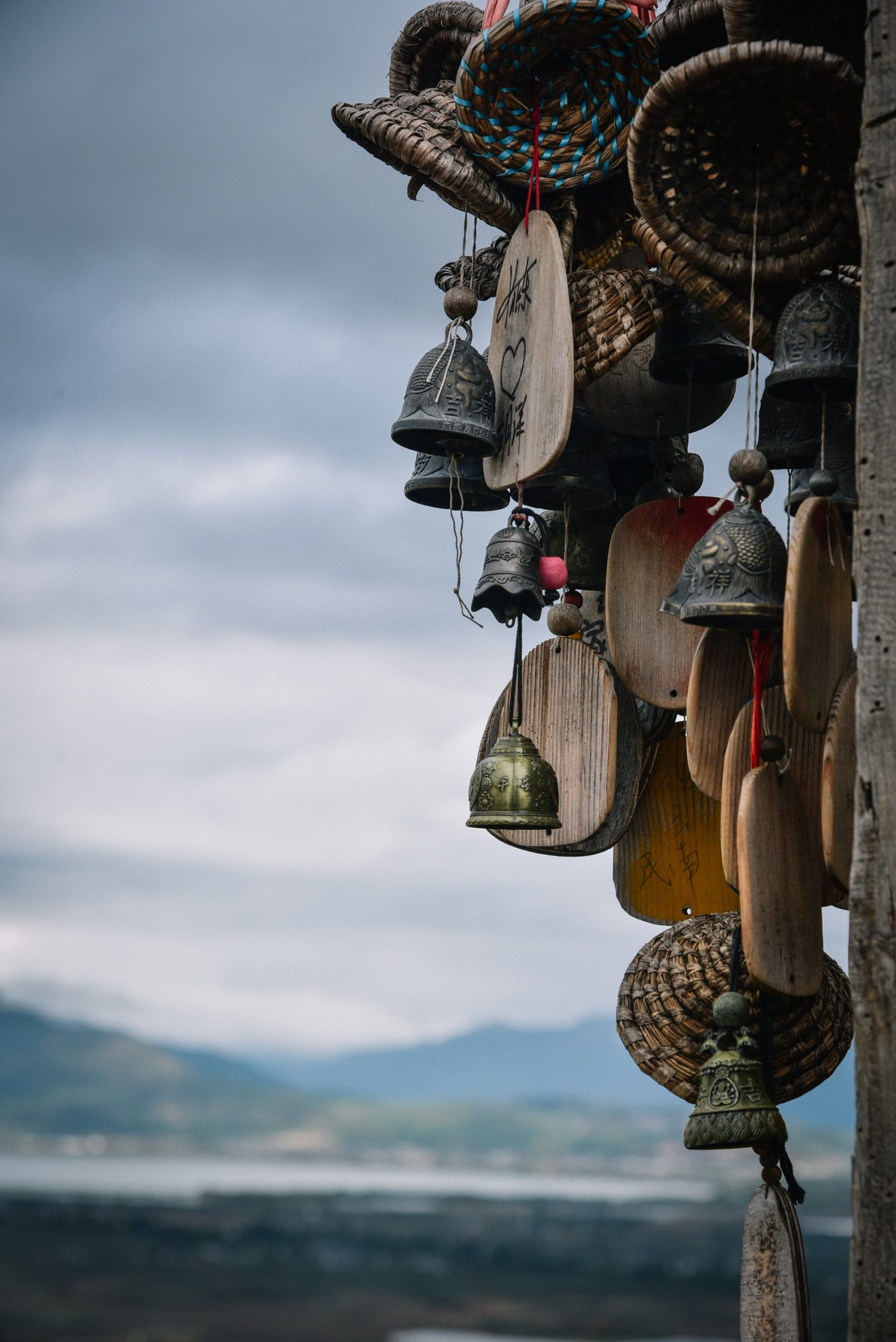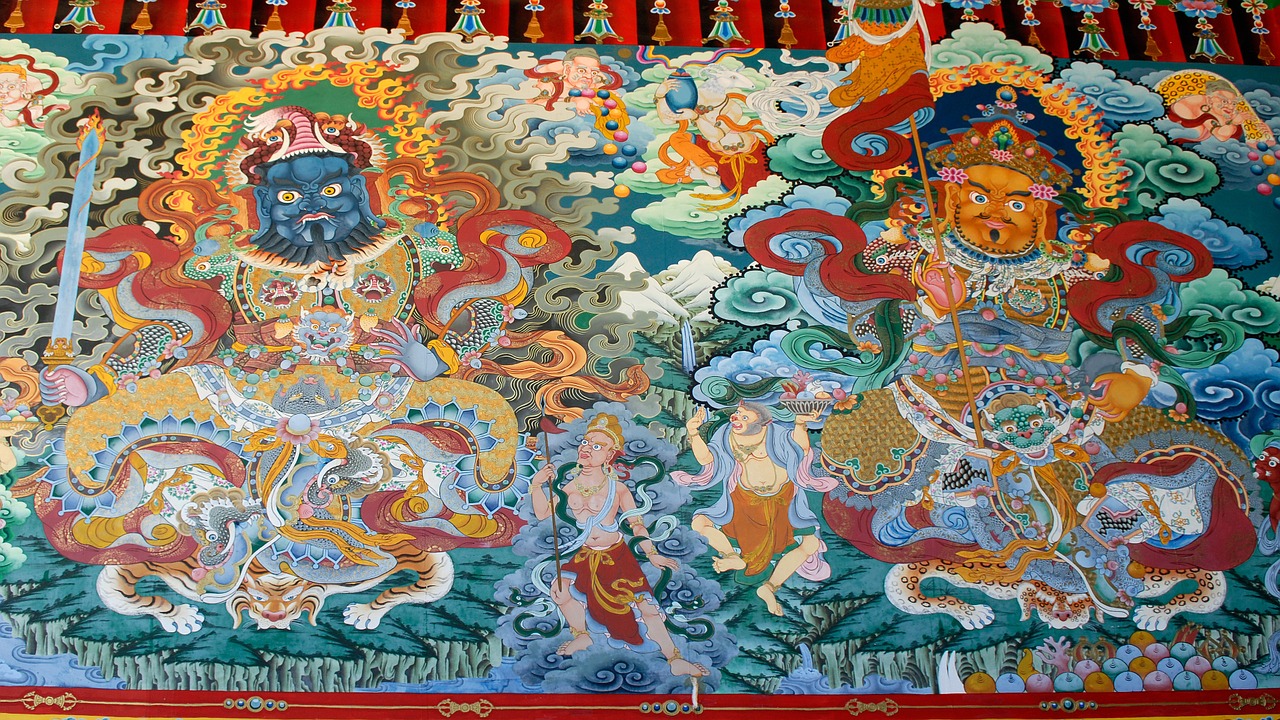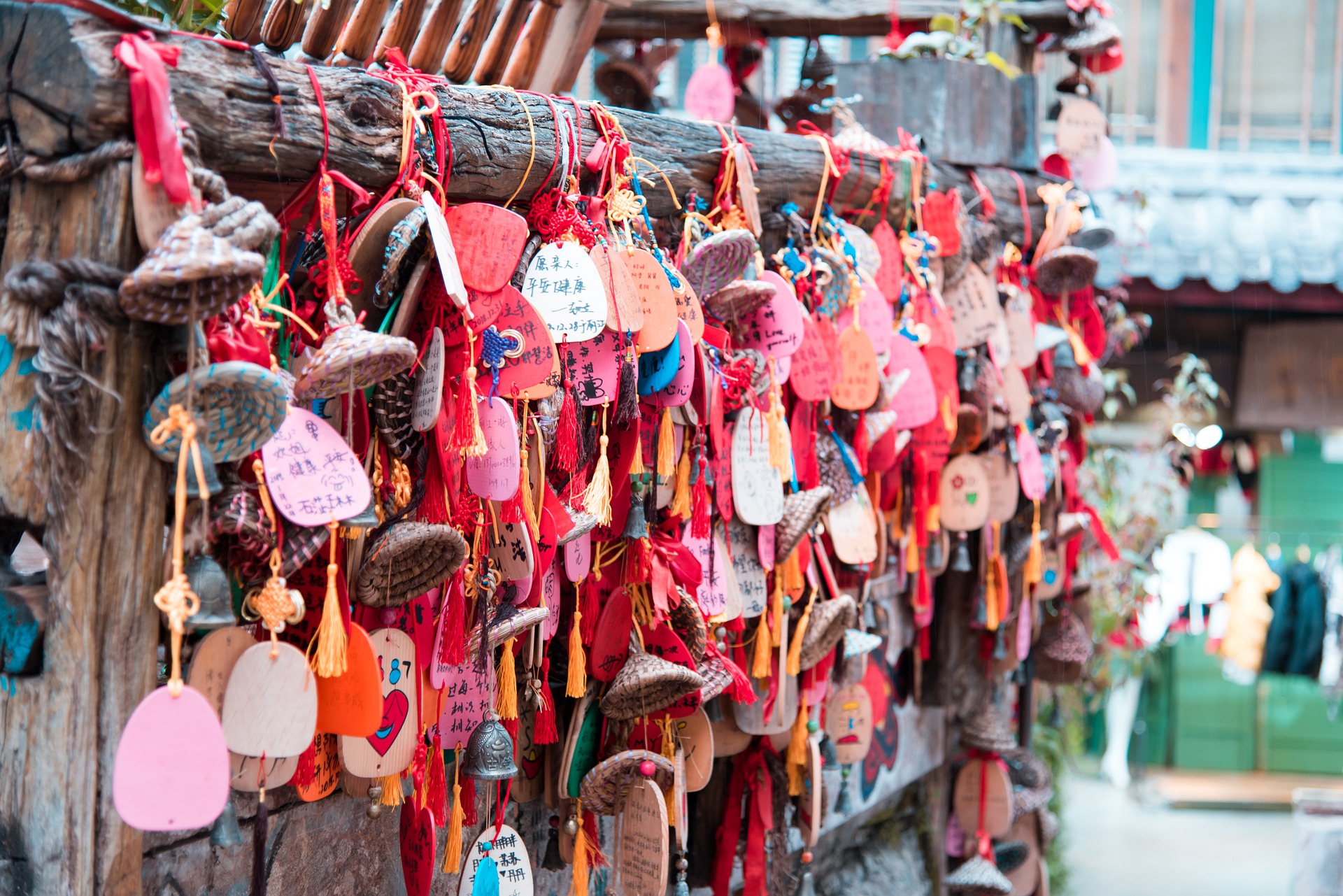
1、Kifu
The Mufu in the Lijiang Old Town was originally the government office of the Tuji Mu family, located at the eastern foot of Shishi Mountain, built in 1271 ~ 1368 AD, and was converted into a museum in 1998 after restoration. It includes the Three Clearance Hall, Yuyin building, light and green building, the Palace of the Protection of the Law, Wanmu building, the Council Hall, loyalty and righteousness Square from west to east sorted well. There are eleven plaques of the historical emperor’s admiration, reflecting the historical time of the rise and fall of the great Mu family. The TV drama series “The Wind of Mufu” was filmed here.
2、Chiangu Lou
The southwest corner of the ancient city of Lijiang Dayan is a mountain as if a guardian of the ancient city of the evil lying lion, that is, Lion Mountain, opened in 1998 as an ecological park, the peak of the construction of the five-star classical all-wooden structure building lookout tower, named “thousand ancient buildings”, where you can enjoy the overall appearance of the ancient city.
3、Lijiang Dongba Culture Museum
Lijiang Dongba Culture Museum, originally called “Lijiang County Dongba Culture History Museum”, is located in the northernmost Heilongtan, founded in August 1984, was the first county-level history museum in Yunnan at that time.

4、Wufeng Lou
Located in the city of Fuguo Temple five phoenix building built in 1601, that is, the Ming Dynasty Wanli 29 years, because of its engineering architectural model resembles five flying phoenix, so called five phoenix building, architectural style combined Chinese, Tibetan, Yi and other Chinese ethnic engineering architectural style characteristics, is also the treasure of ancient architecture in China and a typical case.
5、Fang Guoyu’s former residence
The former residence of Fang Guoyu is located at No.71 and No.72 Wuyi Street, with a plaque of Shigondi hanging over the gate, which was established in the tenth year of Guangxu in the Qing Dynasty, 136 years ago, and it is also the most intact and typical courtyard of Lijiang’s residential architecture with a large business scale.
6、The former residence of Zhou Lin
The former residence of Zhou Lin is located at No. 1, Gate Gate 1, Qiyi Street, on the west bank of the Middle River by the Wanzi Bridge. The aisle is in the middle of hanging Zili example plaque, for the Ming is the Yunnan provincial governor and secretary of the provincial party committee Tang Jiyao inscribed, is now the key protection of the ancient city of Lijiang folk houses.
7、Puji Temple
Puji Temple is located in the Puji Mountains, 6 kilometers northwest of Lijiang Old Town. The main hall has two Yunnan cherry blossoms, planted in 1771, which are the most numerous in Yunnan.

8、Square Street
Sifang Street is a street of special snacks in the old city, also known as “Lijiang Bridge Rice Noodle Street” due to the variety of rice noodles. It is said to have been built in the Ming Dynasty by the Mushi Tushi according to his seal. It was also the most important traffic hub on the route of the ancient tea-horse road at that time.
9、Ancient Bridge
In the ancient city of Lijiang on the Jade River water body, according to statistics, there are 354 bridges, the relative density of 93 / km2, and the type of bridge is a variety of bridges, to be located in the east of Sifang Street Dashiqiao most characteristic, the more well-known and lock Cui bridge, million bridge, South Gate Bridge, Ma An bridge, Renshou bridge, all built in the Ming and Qing dynasties.
10、Ke Gong Fang
Located on the west side of Sifang Street, Kogon Square is said to have been built during the Guangxu period of the Qing Dynasty for the Li family’s “one family and three pupils”, and was destroyed by fire in 1944.
Food and Specialties in Lijiang Old Town
Lijiang ancient city specialties are I recommend Lijiang cold skin, Lijiang salmon, baba, Naxi hotpot, Mengzi cross-bridge rice noodles, soybean noodles, Dongba baked fish, Lijiang preserved pork ribs hotpot, eight bowls, Lijiang sour milk, Naxi roasted tofu, fried bamboo worms, barley wine, roasted sheep, Lijiang watery popcorn dishes and other Lijiang snacks.
Lijiang ancient city specialties key are Dongba carpets, pig fat meat, Dongba tie-dye, Naxi murals, Su Li Ma wine, snow tea, Bunun bell, etc..
Lijiang Ancient City Travel Tips
1. The Naxi are strictly forbidden to throw garbage, waste, spit, wash cloths, etc., into water resources, rivers, destroy or block water resources, or cut down plants and trees along rivers.
2. The Yi people should not step on stones in pots and pans, and should not cross fire pits; pregnant mothers should not drink wedding wine, and should not praise children as “pretty”, “chubby” or “heavy”. Avoid eating the flesh of horses, mules, dogs, cats and monkeys.
3. Lisu people should not speak nasty words in front of the elderly, should not use bad words to cause injury, and should strictly prohibit theft and other kinds of undesirable behaviors.
4. Other Chinese people: the Dai people do not want others to ride their horses into the village. The hanging frame in Jingpo village should not be touched to see the cow skull. When you see the Wa people, you have to retreat. In Tibet, don’t wear short trousers, when entering Tibetan people’s house, you can’t step on the door, and you can’t cough sputum in front of other people, and you can’t damage any animal or bird in Tibet.
Leave a Reply